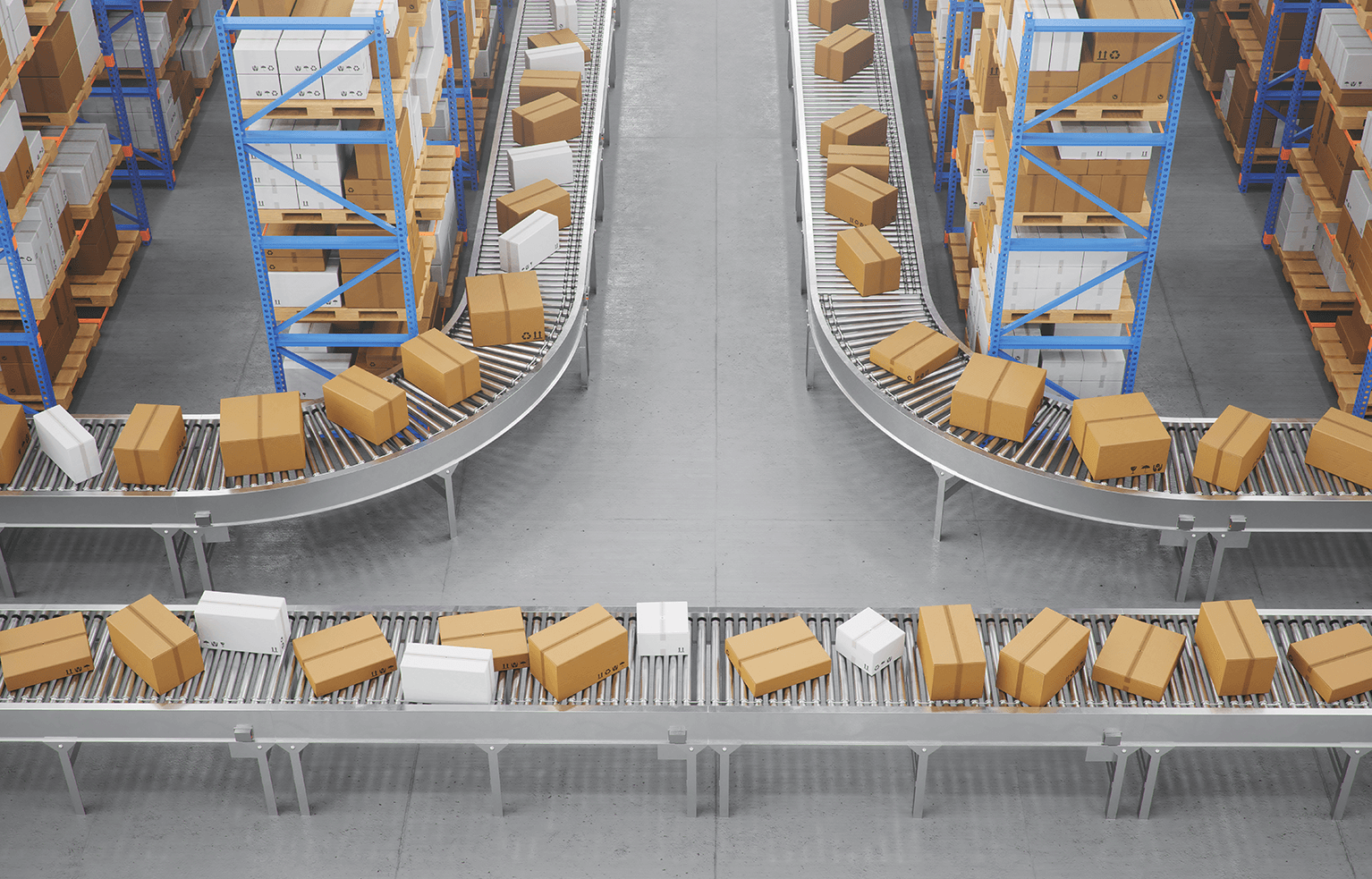Logistics and tech – a spotlight on savings

The need for tenants to optimise warehouse operations is rising. On the one hand, this trend in development means continuous improvements in operational efficiency as well as reduced costs but on the other, it also means reduced harm to the environment.
Tenants are becoming more aware of their needs. They know that a warehouse building is a part of their business so the specific solutions that are implemented bring real, measurable benefits.
Some of the most popular technical solutions, which not only reduce costs but also improve the comfort of the working environment are currently measures that use energy in the right way. Just as Marzena Taube, Senior Leasing Manager at 7R, points out, high-quality insulation in warehouse buildings saves on heating.
For years, we at 7R have insulated walls and roofs to a higher-than-market standard. When it comes to the running costs of a building, this generates large savings and improves the comfort of the working environment for employees.
says Marzena Taube
Leasing Director- Pomerania
In the buildings it constructs, 7R also installs destratifiers. These fans placed near the roof of the building move around the hot air that accumulates at the top so that the heat is evenly spread throughout the space. According to calculations, this can cut heating usage by up to 8%.
“When we see the price of electricity and gas rising as quickly as it is now, it becomes a crucial factor to tenants. You also have to bear in mind that 99% of warehouses are heated by gas and this is very important when we’re talking about really large areas,” says Marzena Taube.
You can count on even more savings if the docking area has skylights that allow natural light into the building.
“Just like all the previously mentioned solutions, those used by 7R go beyond the market standard and, more importantly, improve the comfort of the working environment for employees in these buildings.” points out Marzena Taube.
Ecologically effective
Cost-effectiveness and care for the environment go hand in hand because the solutions implemented in projects by 7R are intended to reduce the harm a building has on the environment. The company was one of the first in the market to start installing solar panels on the roofs of its buildings. It also recycles greywater or rainwater that falls on the roofs of the buildings.
“We’ve calculated that solar panels covering an area of 20,000 sqm can provide 100% of the electricity needed per day. This is a huge saving when it comes to running costs,” argues Marzena Taube.
7R also equips its buildings with DALI-controlled LED lighting systems. Such a system not only adjusts to how bright it is outside but also comes with sensors to turn on the lights when motion is detected. “Most importantly the system saves on electricity,” points out the 7R manager.
Efficiency rises to new levels with Automation
One of the biggest trends, and one that is largely being driven by the rise of e-commerce, is the increasing automation of warehousing operations. This move towards robotisation has been so powerful that the warehouse space delivered to the market just a few years ago is utterly unlike the space developed today. Marzena Taube explains that almost all e-commerce companies use automated multi-level stacking systems that are growing higher and higher. These include all kinds of sorters and also multi-level systems such as Miniload and Autostore.
Not long ago the standard height of a warehouse was no more than 10m. These days a large proportion of our projects have a clear height of 12m and sometimes it’s as high as 15m or even 20m net. The buildings themselves are also completely automated, while taller stacking systems also ensure that the warehouse space is used more effectively.
adds Marzena Taube






